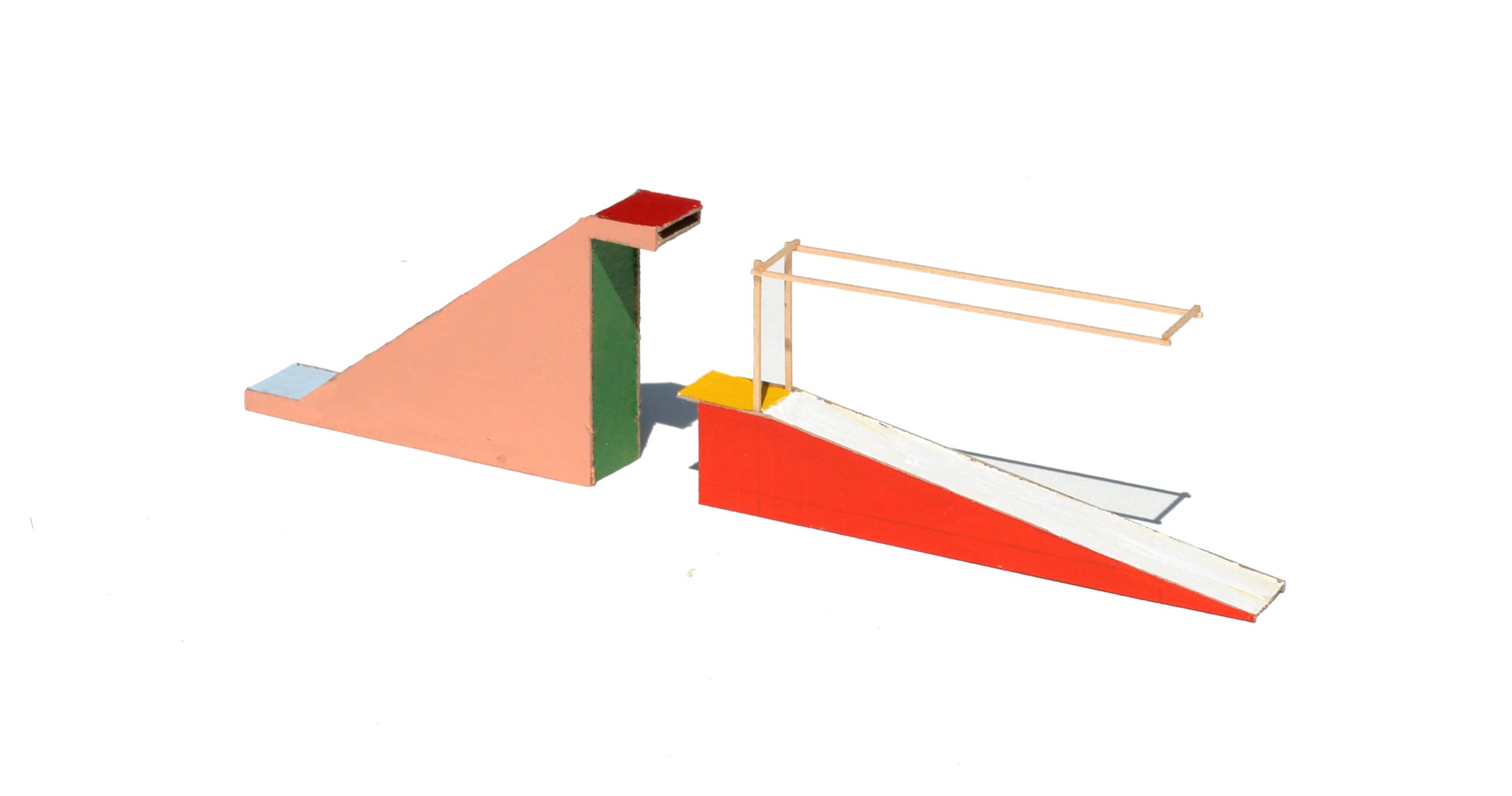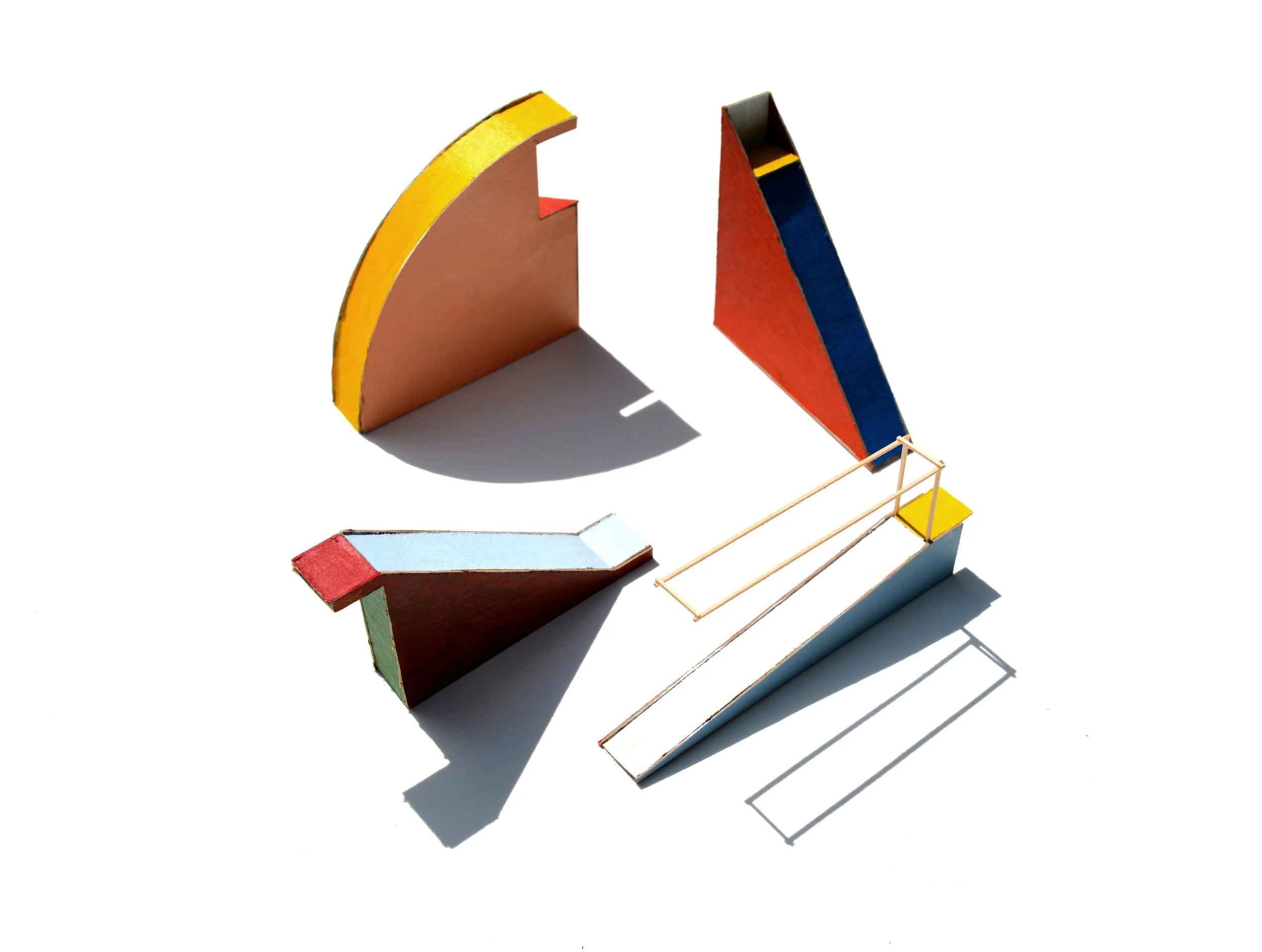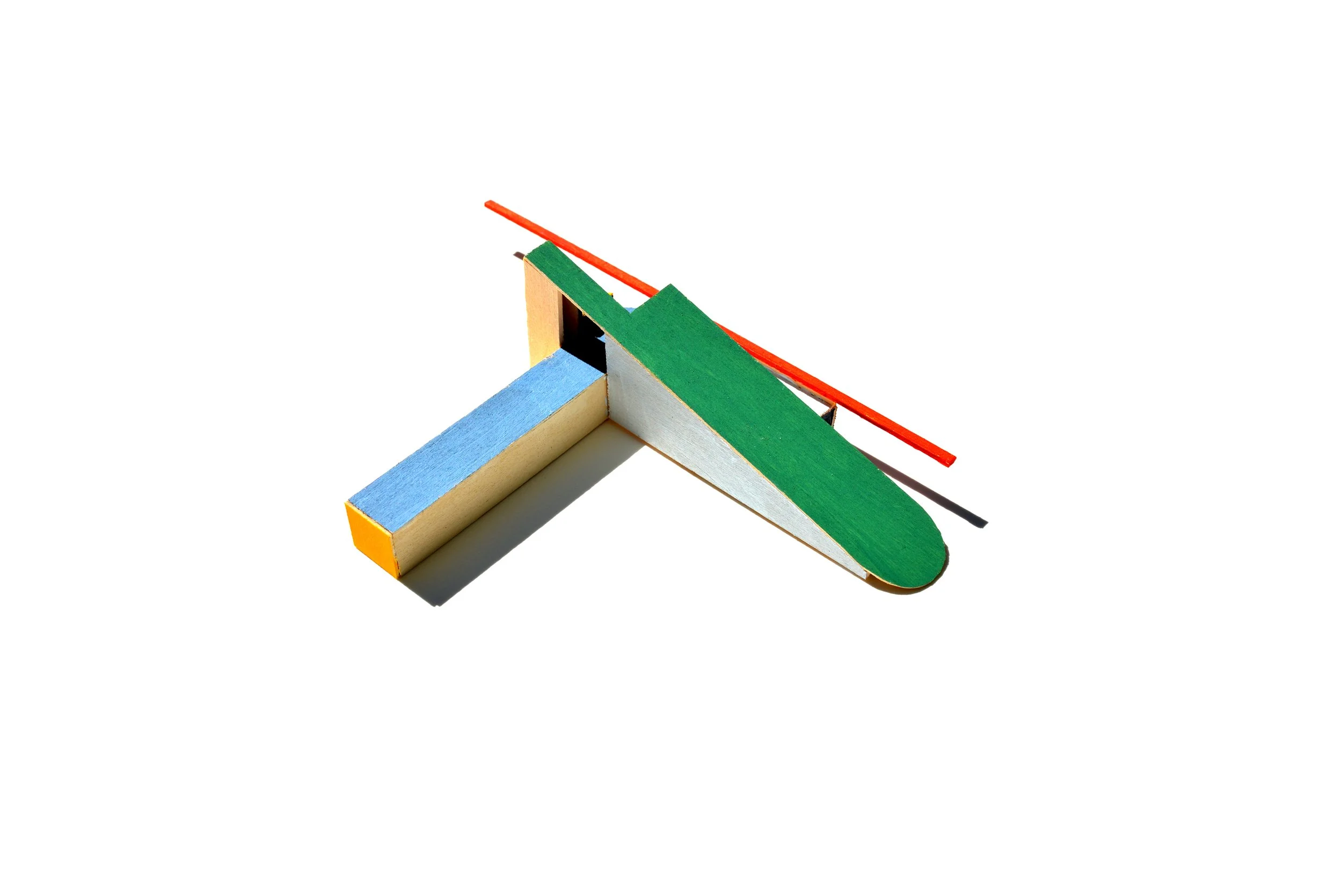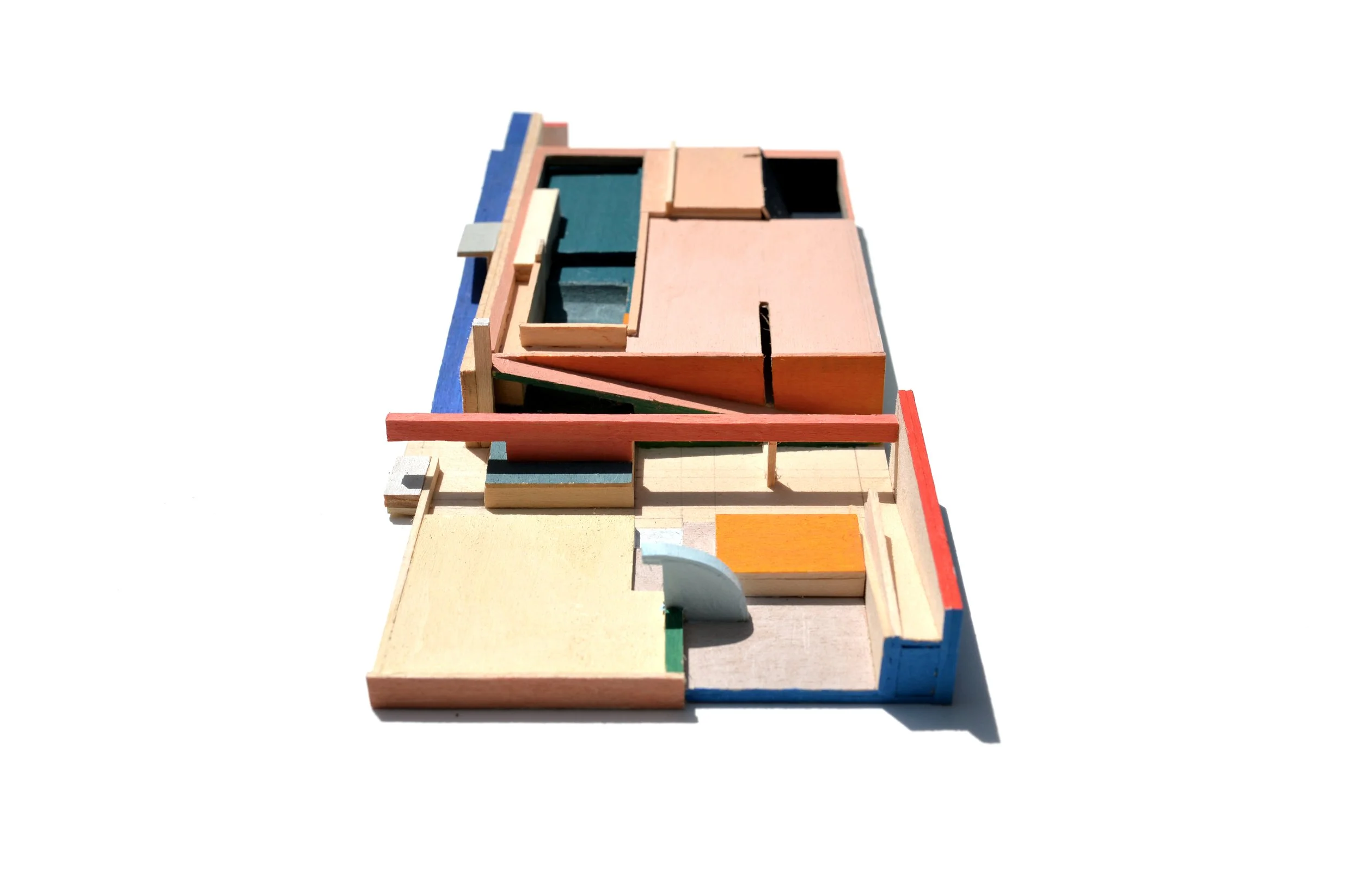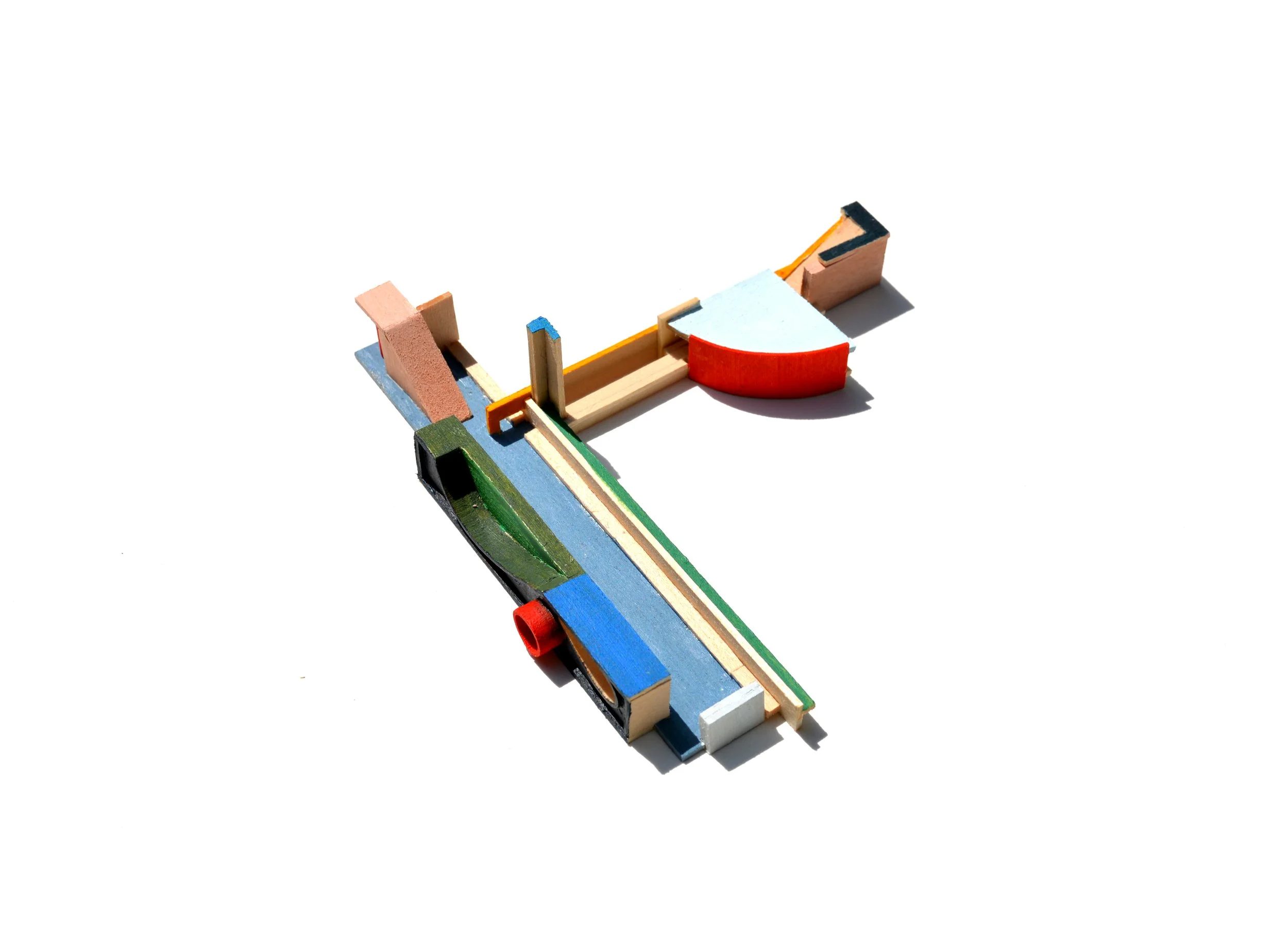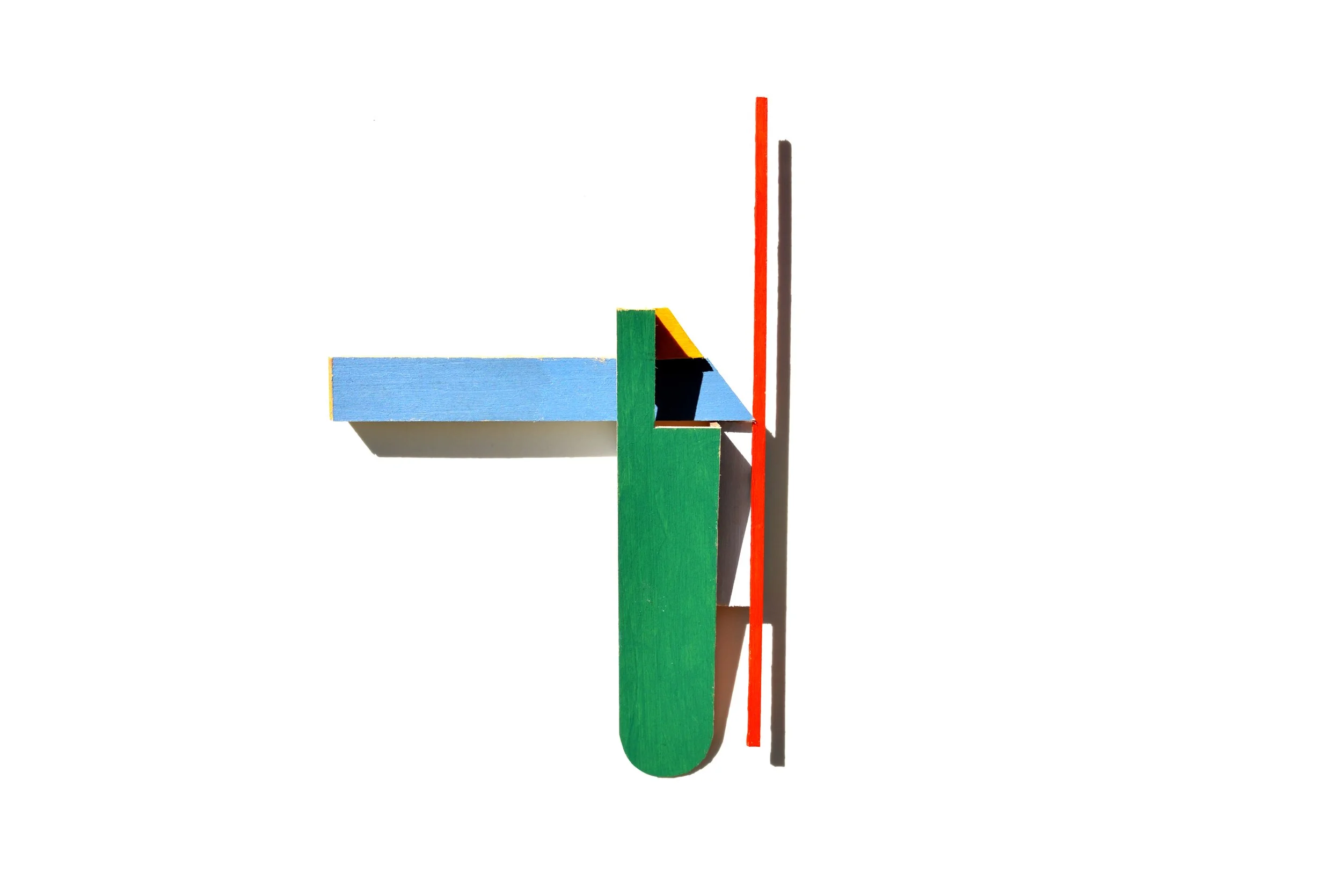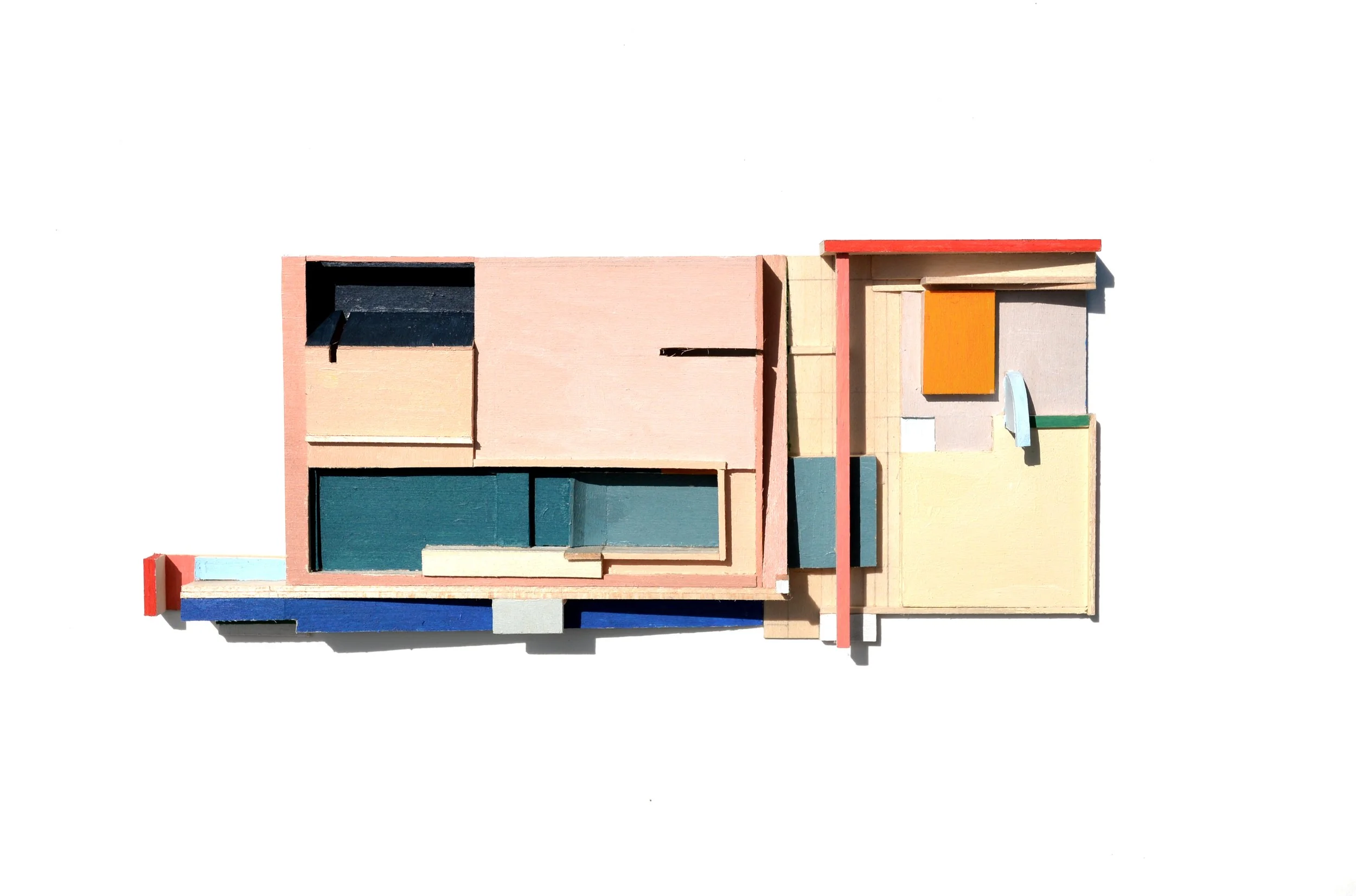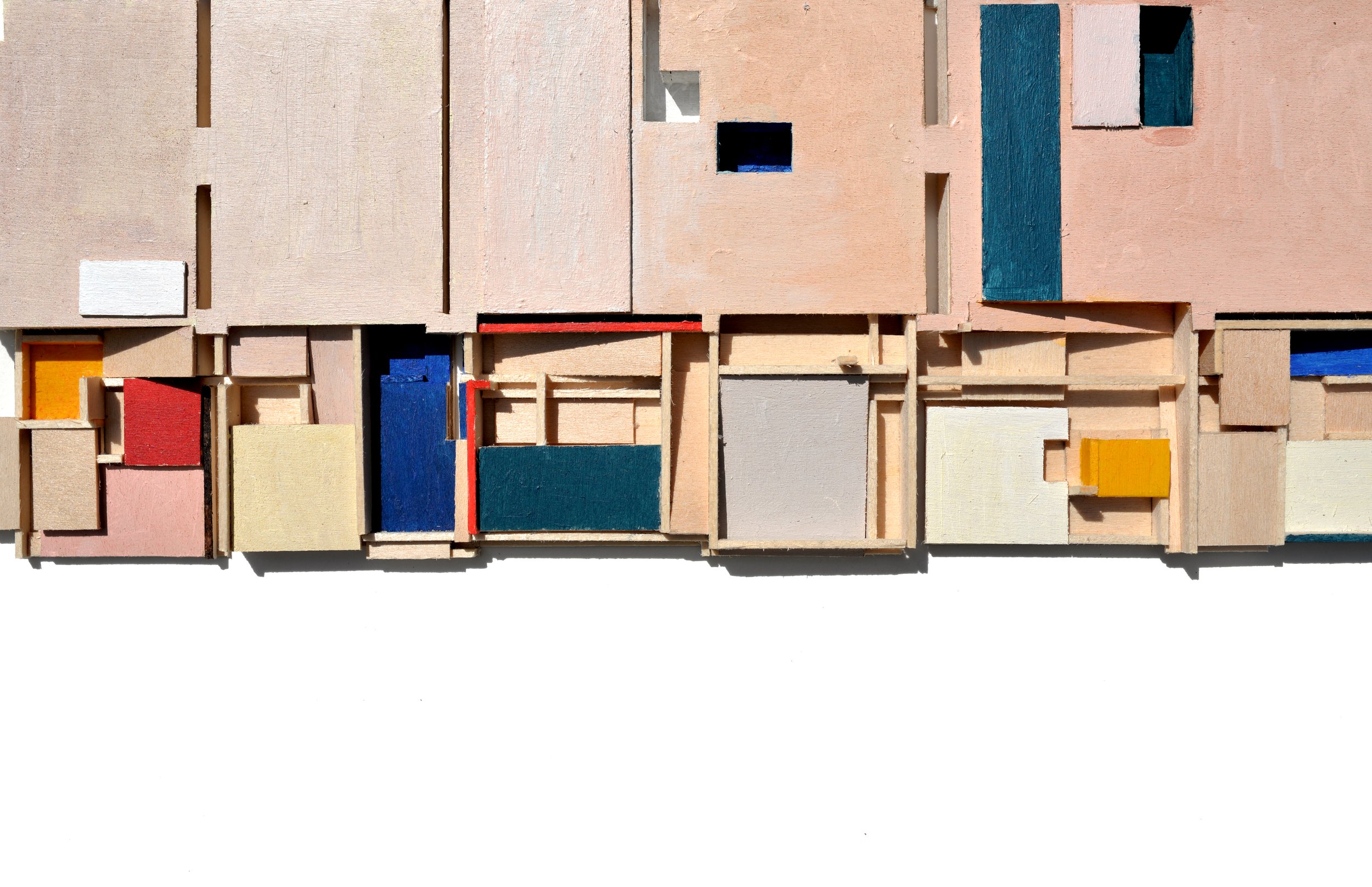
Playgrounds
Play is an evolving process of using the imagination to experience and test the limits of the physical and social worlds, and in doing so to define a framework for what is real. For architects, a project begins with the constraints of the real and seeks opportunities for the imagination to create something new. Play is a way to find balance between states of consciousness, that requires equal fluency in the real and imaginary. Because modern life is fraught with rules, systems, regulations and norms governing all aspects of our collective existence, augmented continually by new scientific and technological discoveries, the designer must dedicate effort to expanding, developing, and strengthening the imagination accordingly. That is precisely what this exercise is about.
The goal of the Playground project is to create structures that stimulate and challenge the imagination and the body. For adults, these are abstract formal structures to capture light, color and space. For children they are landscapes full of obstacles and mysteries. For us, they are exercises to help develop, define and expand our own design process. Each is a test, an experiment intended to discipline the imagination, to create structure out of play.
We begin with a sketch, a rough line drawing or a structured composition. The sketch is developed into three dimensions, drawing on various spatial typologies and hierarchies to create a structurally coherent landscape. As this transformation progresses, an order emerges that is both intuitive and discursive. We maintain this order as we jump in scale, but test and refine it as the level of detail increases. Where appropriate, the spaces are punctuated by primary formal elements, or archetypes – these are structures based on specific architectural precedents, conventional playground typologies, or primitive forms. The archetypes reappear in different playground studies and develop a dialogue with one another over time.
Project Year
Ongoing
Project Team
Hallie Black, Manying Chen









